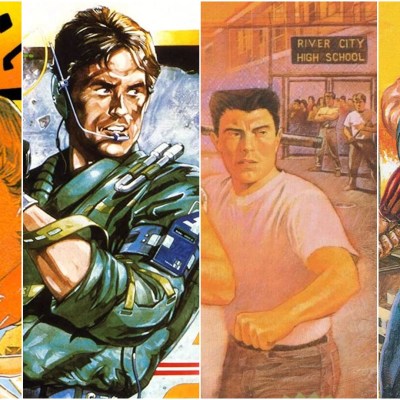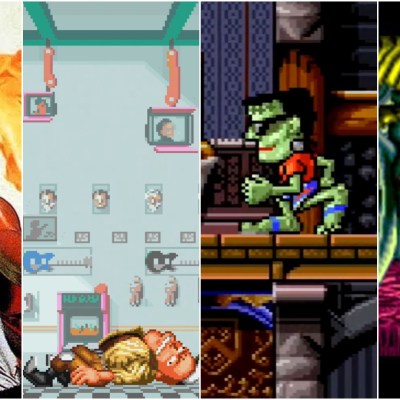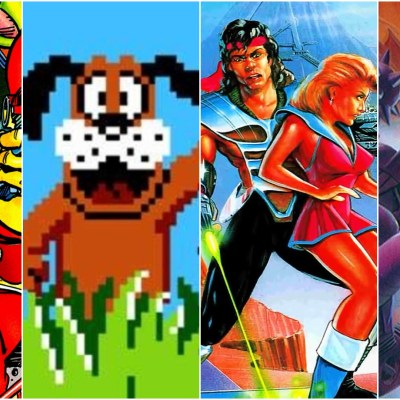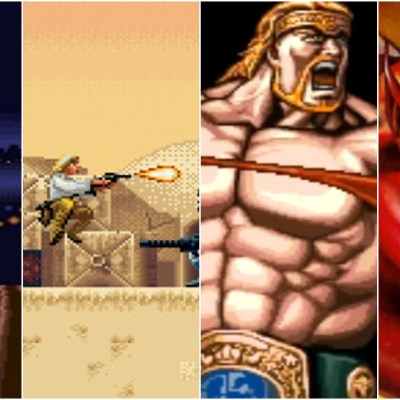20 PlayStation 2 Games That Deserve a Sequel
The PlayStation 2's all-time great library is filled with titles that deserve that sequel they never quite got.

If the PlayStation 2’s library of games wasn’t the greatest ever assembled for a single console, it was certainly one of the most diverse. While many of the PS2’s best games have thankfully gone on to enjoy numerous sequels, remakes, and/or remasters, some of the projects that helped make the PS2’s library as diverse as it was have since been forgotten by too many people.
While it’s foolish to think that every PS2 game that was at least interesting enough to deserve a sequel would eventually get one, it’s sometimes tough to look at the PS2’s library and not wonder what could have been. At a time of yearly sequels and live-service games, the PS2’s collection of truly unique titles looks better than ever. Call it nostalgia or wishful thinking, but it’s just a bit too easy to dream of what modern versions of some long-ignored PS2 games might look like.
Before we dive into this list, though, here are a few of the rules we used to determine the selection process:
- Any game released for the PS2 was considered eligible for this list. That said, we tried to focus on true PS2 exclusives, games initially released as PS2 exclusives, or titles that are generally associated with the PS2 (for whatever reason).
- Games that received spiritual sequels or spiritual spin-offs were still considered eligible for this list, though we tried to focus on games that have never received any kind of notable follow-up.
- PS2 games that received a modern remake or remaster that did not add a significant amount of new content to the base game were still considered to be eligible for this list.
With that out of the way, here are 20 PS2 games that deserve a sequel:
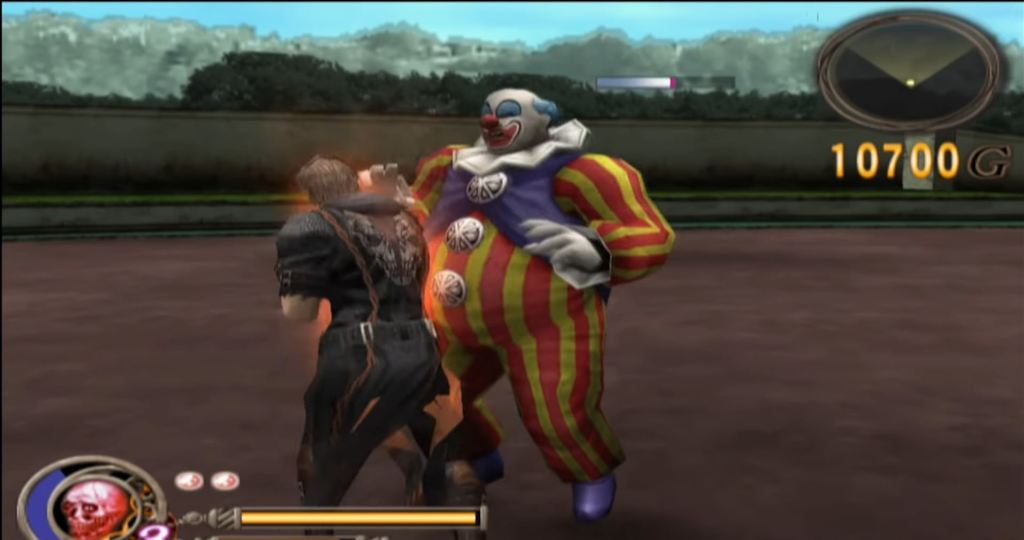
20. God Hand
Most Clover Studio games sell poorly but are well-received by critics and gamers alike. God Hand is one of the only Clover games to sell poorly and also not please critics, although more people have come around on this game in recent years. In the eyes of many players, God Hand is a glorious, cheesy beat ‘em up that keeps its tongue firmly in its cheek. The game’s characters, story, and special moves are over the top, which gives the whole experience a unique charm. What other video game lets players kick a luchador gorilla into orbit?
Despite its wacky nature, God Hand is brutally difficult and not beginner-friendly. Far be it from us to recommend that Capcom should produce an easier sequel, though, especially since the gaming landscape has changed since God Hand was released. Thanks to games like Dark Souls, challenging experiences are in vogue, so a God Hand sequel that maintains the originals’ difficulty would help give the would-be franchise a second shot. – Aaron Greenbaum

19. Samurai Western
Samurai Western is a concept so silly you just can’t help but enjoy it. As the title suggests, the game features a samurai who travels through the Wild West, righting wrongs and bringing katanas to gunfights. The combat is simple but fluid, and the experience is backed up by a story that blends tropes of samurai films and spaghetti westerns.
Even though Samurai Western thrives on its simplicity, it ends on an open-ended note that isn’t quite a cliffhanger but doesn’t wrap everything up. The main character left Japan to search for his brother and started fighting local bandits because of his samurai code (and because their ringleader is connected with the protagonist’s brother). While Samurai Western ends with the boss’ death, the hero’s main mission is unfinished. The story is begging to be continued. Plus, the hack-and-slash genre has evolved since Samurai Western launched, so who knows how a sequel could improve on its combat? – AG
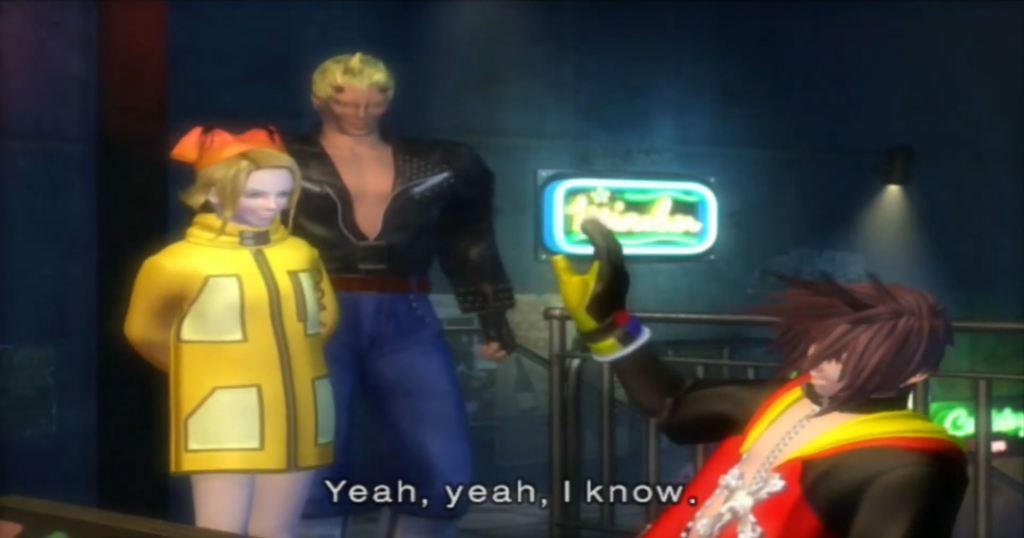
18. The Bouncer
These days, Square Enix is known for developing classic RPGs, but there was a prolonged period when the studio experimented with various other genres. Sadly, The Bouncer might have convinced Square to stop the experiments. The game, developed by DreamFactory, is a beat ‘em up with sprinkles of RPG mechanics and multiple story routes. It was a compelling blend of concepts, but the experience doesn’t hold up. The Bouncer struggles to tell a decent story, and it is bogged down with way too many cutscenes and not enough gameplay. Plus, the game isn’t that long.
The Bouncer didn’t live up to its potential, but that potential still exists. If Square Enix desired to revisit the game and remake it (or produce a sequel) odds are the company would learn from its mistakes and produce a superior follow-up. – AG
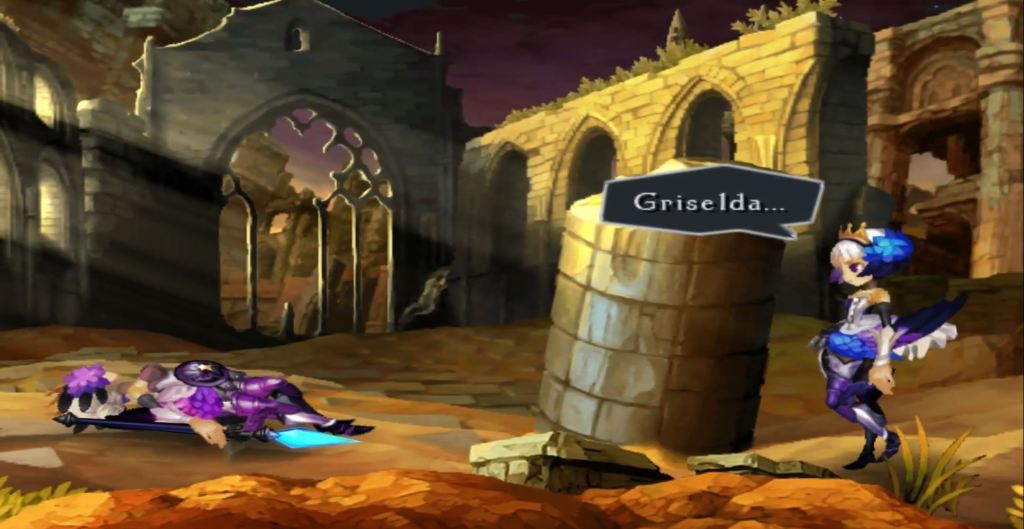
17. Odin Sphere
Vanillaware games are primarily known for their beautiful art assets often drawn by director/writer George Kamitani. The studio tried to implement 2D models created by Kamitani into a side-scrolling action RPG format with Odin Sphere with mixed results. Gamers and critics alike loved the game’s story and gameplay, but its action and beautifully rendered characters were too much for the console, leading to framerates you could count on ten fingers.
While Odin Sphere was a commercial success, Vanillaware never developed a sequel. It did, however, allow the studio to move onto similar titles such as Muramasa: The Demon Blade and Dragon’s Crown. Eventually, Vanillaware returned to its initial success with Odin Sphere Leifthrasir: a remake that fixed the original’s criticisms. Now is as good a time as any for Vanillaware to expand on the world of Odin Sphere, though. Not only have players only explored a fraction of its lands and stories, but modern console hardware might actually be able to keep up with the action. – AG
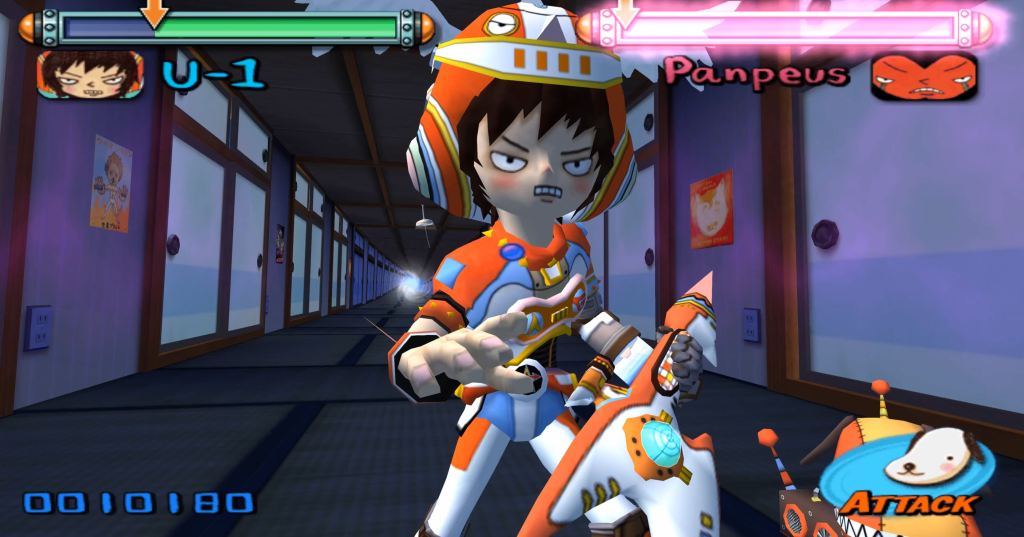
16. Gitaroo Man
In the early days of rhythm games, titles like Gitaroo Man ruled. Instead of pleasing digital audiences by pressing buttons to the beat, the game asked players to control a guitar-themed superhero as he fought wacky enemies. Gitaroo Man didn’t take itself too seriously, but it was a blast to play and listen to regardless.
While party-based rhythm games such as Rock Band eventually replaced more cartoonish and novel titles like Gitaroo Man, the latter are making a comeback. Considering that a remastered version of PaRappa the Rapper was released for the PlayStation 4 in 2017 to critical acclaim, now feels like the perfect time to bring back Gitaroo Man. While the game was ported onto the PlayStation Portable, a sequel would give this otherwise forgotten game a second chance to shine, complete with new songs that don’t run into licensing costs and the issues that go along with streaming that kind of content. – AG
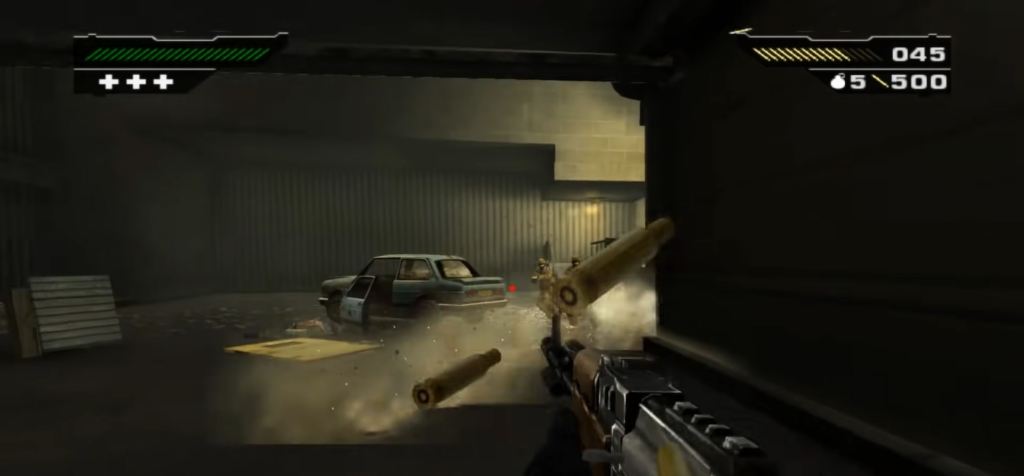
15. Black
In many ways, Black is a pretty straightforward first-person shooter. It’s short, it’s fairly linear, and it doesn’t even offer a basic multiplayer mode. You’d be forgiven if you overlooked Black at the time of its release in 2006, and you’re still forgiven for wondering what makes this seemingly simple game so special today.
However, you really have to play Black in order to love it. Black gets so many of the things that matter most in a great FPS title right. Its sound design is some of the best in video game history, its shooting is exquisite, and the game is filled with brilliant little touches that elevate it well above its seemingly simple premise. It wouldn’t be easy for a developer to recapture so many of the little things that this game does well, but I’d love to see someone try. – Matthew Byrd
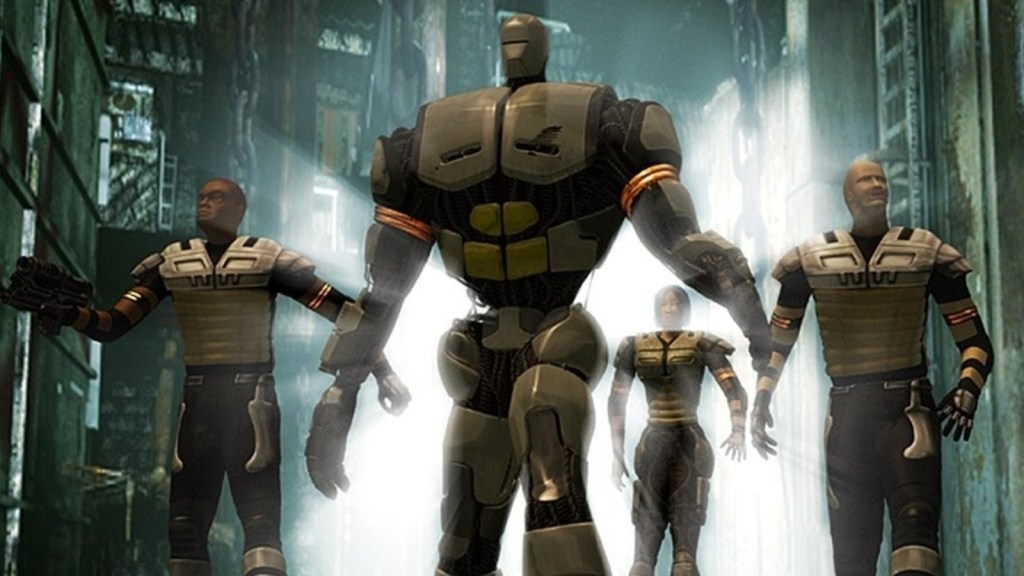
14. Project Eden
Essentially an evolution of The Lost Vikings (and other notable puzzle platformers), Project Eden tasks you with guiding four agents through a dangerous subterranean area as they attempt to locate missing technicians. Completing their mission requires you to make the most out of each agent’s skills and solve some devious puzzles.
To be honest, Project Eden is a pretty rough game. Its best ideas aren’t realized often enough to make up for its shortcoming. Yet, there are just so many good ideas in this game. It’s easy to imagine a modern developer making the most out of the many things this title did well and expanding its incredible worldbuilding. Sadly, this game seems relegated to the “what could have been” bin. – MB
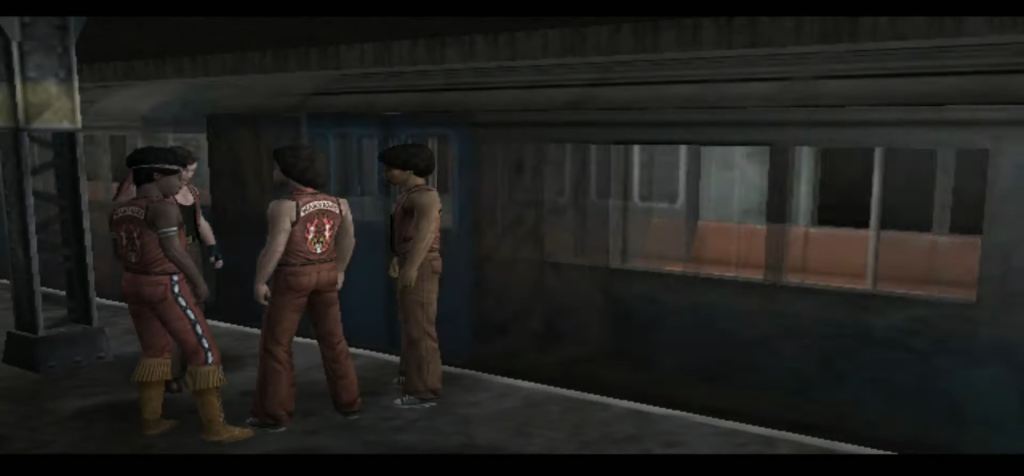
13. The Warriors
The art of producing a licensed video game is difficult to master, but Rockstar was more than up to the task when the studio developed The Warriors. Based on the 1979 movie of the same name, the game stays fairly true to its source material, but it also expands on the film’s lore by exploring the backstories of the main characters and how they arrived at the incredible events fo the film.
While the original movie ends on a satisfying note, it was still ripe for a sequel that could explore what happened after the Warriors make it safe and sound back to their home turf. What would the aftermath of such a harrowing night look like? It’s several decades too late to make a proper movie sequel that explores that topic, but a game would be more than up to that task. – AG
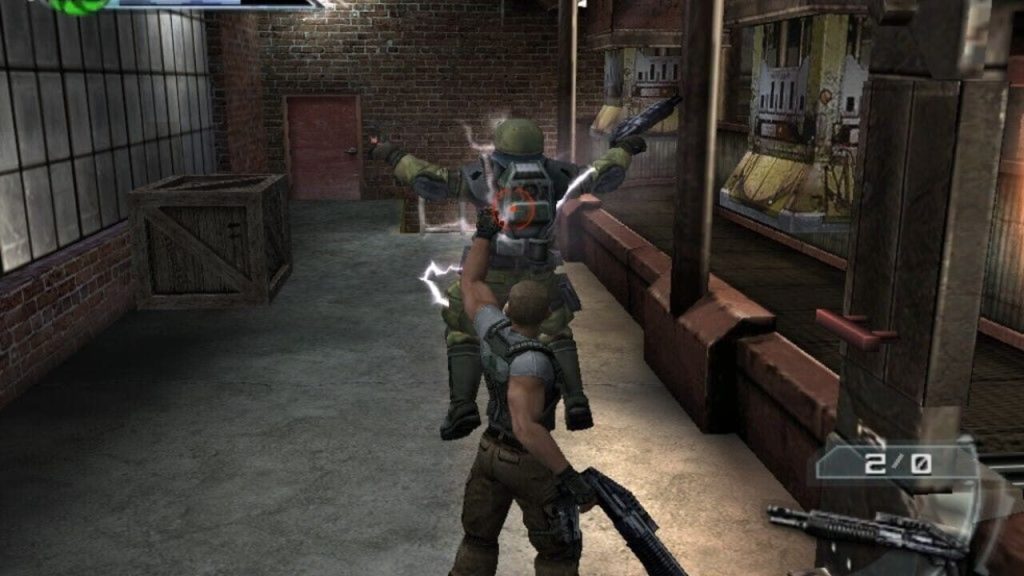
12. Psi-Ops: The Mindgate Conspiracy
Psi-Ops: The Mindgate Conspiracy is one of the many sadly forgotten action games of the PlayStation 2 generation. As the title suggests, Psi-Ops is a military/spy thriller that revolves around psychic powers that are as fun to use as they are narratively interesting. Plus, the game looks and sounds far better than most other games developed for the PS2. Its only true rivals are legendary PS2 showcases such as Metal Gear Solid 2: Sons of Liberty.
While Psi-Ops is a great game mechanically, its story was a little too ambitious for its own good. The game begs for a sequel since it laid the groundwork for an expansive world full of intrigue and mystery. This decision to end this game on a “to be continued” screen has left fans hanging for over a decade, and even though the director Brian Eddy didn’t know where the story would go from there (via Cinelinx), he is still more than willing to create a sequel and finally finish his story. – AG
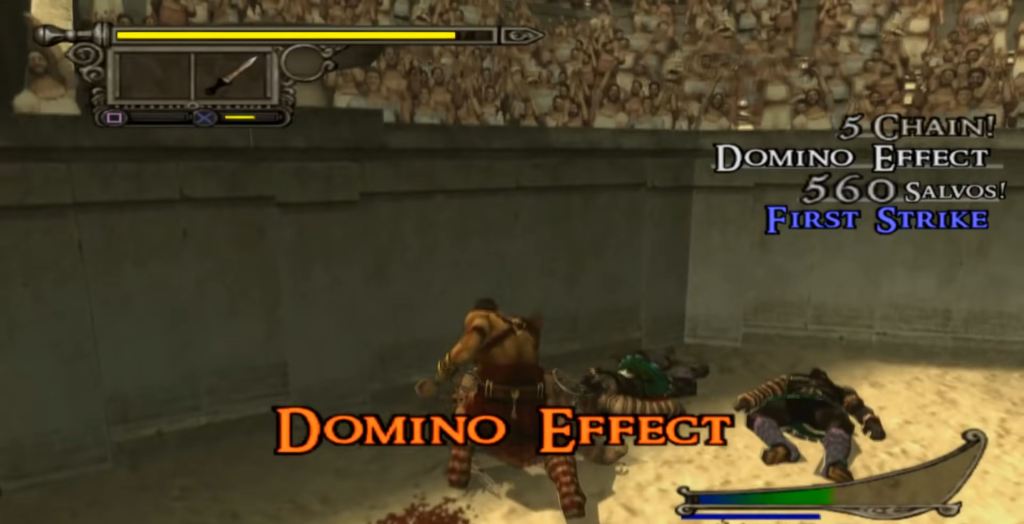
11. Shadow of Rome
The PlayStation 2 was home to many notable hack-and-slash titles that have been sadly forgotten, but few stand out to this day quite like Shadow of Rome does. The game is a fictitious take on the aftermath of Caesar’s murder, where the main character, Agrippa, is forced to fight in gladiatorial battles because his father was accused of the assassination. The result is a tale of bloody combat and political intrigue that reviewers loved.
Shadow of Rome was developed by none other than Capcom and was clearly designed for Western audiences. The company wanted Shadow of Rome to be the first of a franchise, and was already working on a sequel, but poor sales convinced Capcom to scrap that project and focus on what became Dead Rising. Shadow of Rome still deserves that sequel that it was robbed of. – AG
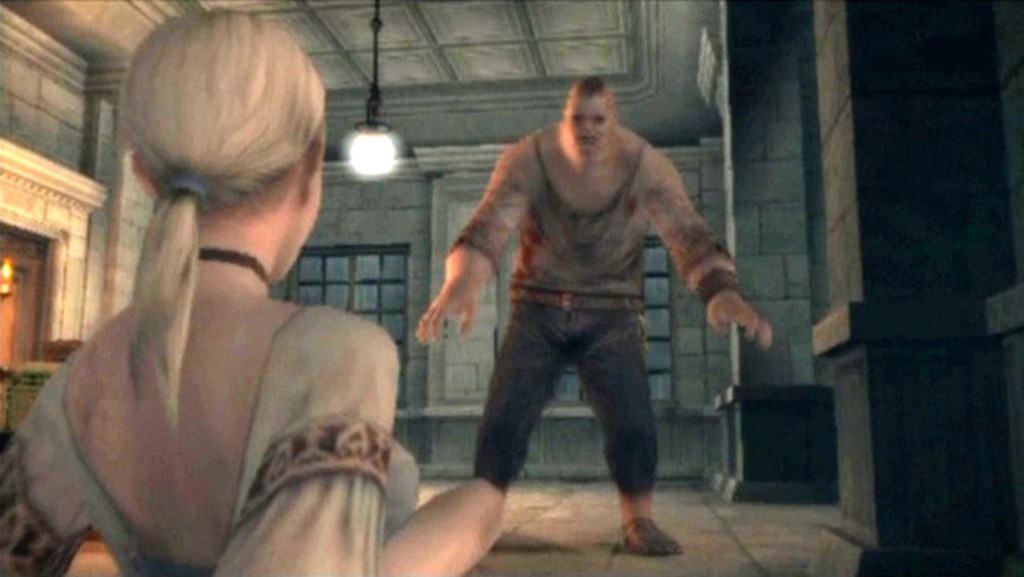
10. Haunting Ground
The easiest way to sell someone on Haunting Ground is to call it a kind of spiritual successor to the brilliant Clock Tower series. Much like that franchise, Haunting Ground is all about trying to survive an overwhelmingly terrifying environment while being constantly reminded of your vulnerability. This game is almost like a dungeon crawler in the way that it turns your surroundings into a tomb.
Unlike the Clock Tower series, Haunting Ground assigns you a loving dog companion named Hewie who you’ll need to train in order to turn them into the ideal partner. While training Hewie quickly becomes Haunting Ground’s biggest gameplay hook, it’s really the way this game emphasizes the survival elements of the survival horror genre that makes it so special. It’s just a shame that some at the time called this game fossil compared to the recently released Resident Evil 4. – MB
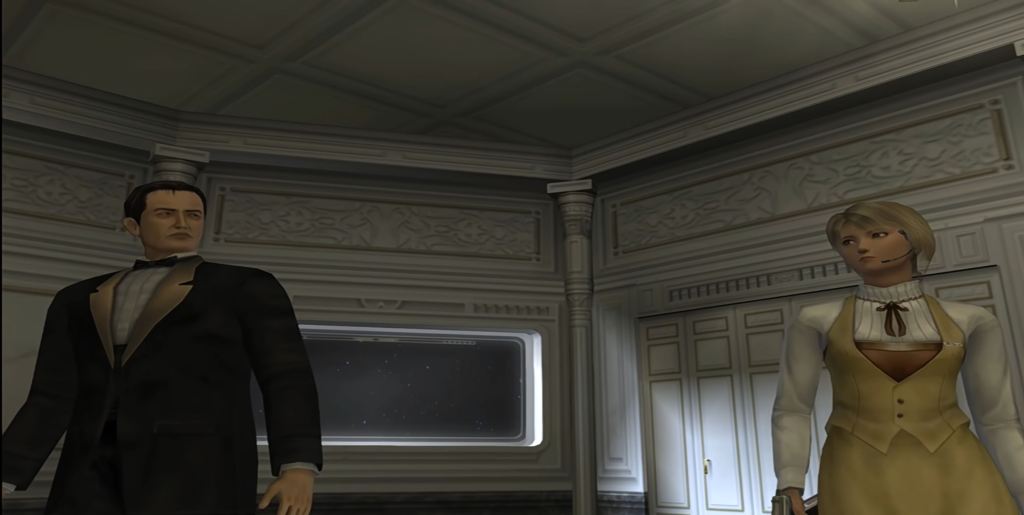
9. Lifeline
Developed at the arguable height of the voice-controlled game era (see Seaman), Lifeline asked players to guide a mostly helpless character through a nightmare situation using only their voice. It was a unique take on the survival horror genre that asked you to figure out how far you could go without the benefit of traditional controls.
Lifeline had no right to be as compelling as it was given the technological limitations of its era. It was a creative, tense, strange, and often brilliant horror game that offered so much more than a gimmick. Voice recognition technology has only improved since this game’s release, which means that the right developer could really turn this into something special. – MB
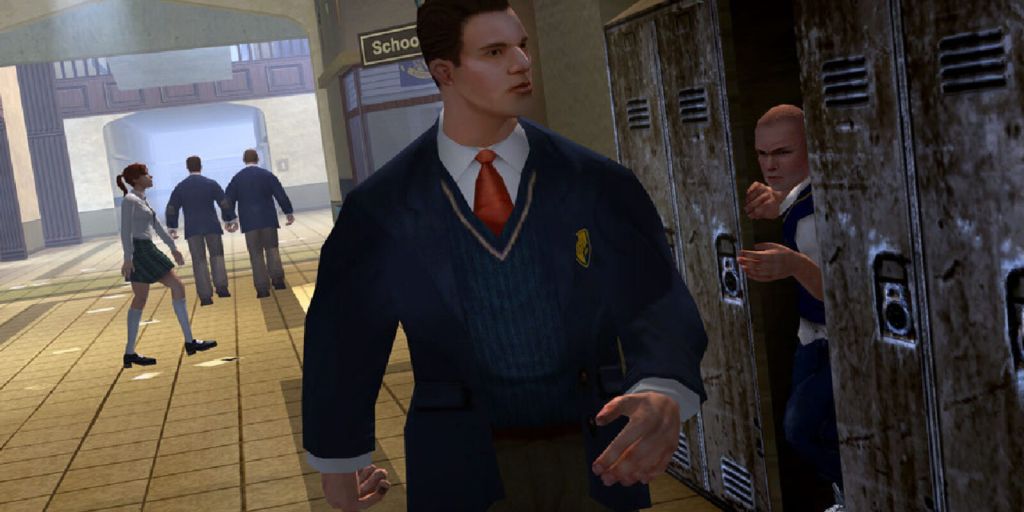
8. Bully
Before Rockstar leveraged all of its experience creating Grand Theft Auto to produce Red Dead Redemption, the studio channeled its open-world expertise into this creative experiment. Bully is essentially a T-rated version of GTA that still features the memorable characters and engrossing story that makes Rockstar’s premiere franchise so great. Moreover, since virtually everyone knows what it’s like to be the new kid in school, be bullied, and serve time in detention, Bully has something GTA never really did: relatability.
Gamers have wanted a Bully sequel ever since the game launched, and this desire grows with every rumor of an in-development or canceled Bully 2 project. No matter how many times players rob banks in GTA 5, fans want to return to the halls of Bullworth Academy in a new, low-stakes (but still gripping) adventure. Given Rockstar’s talent for worldbuilding and satire (as well as new trends in bullying) a Bully sequel is long overdue. – AG
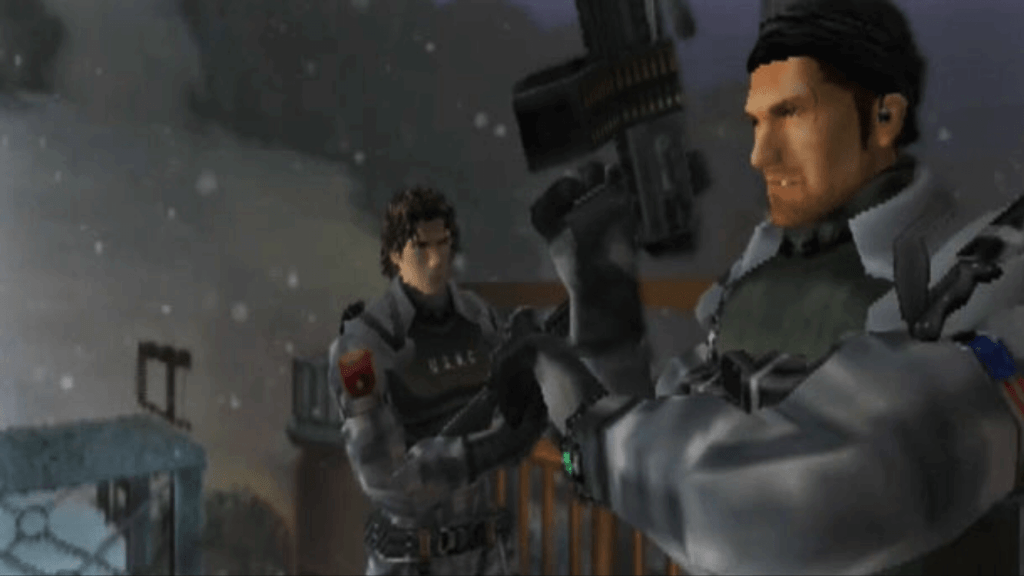
7. Extermination
The world of survival horror has seen many games come and go, but Extermination never deserved the fate hinted at by its title. Even though the game features a boilerplate story filled with strangely familiar mutagenic viruses, Extermination stands out thanks to its cold weather atmosphere and combat system. Instead of collecting different guns, players can hoard weapon attachments that let them modify their single assault rifle into a monster-slaying swiss army knife.
Extermination tried to push the survival horror experience forward by making it more action-oriented, while limited healing items and tough enemies kept the genre-standard tension and scares intact. Honestly, you don’t have to look further than the brilliant Dead Space to see so many of the things that made this game work. A sequel would let audiences give this formula a second shot. – AG
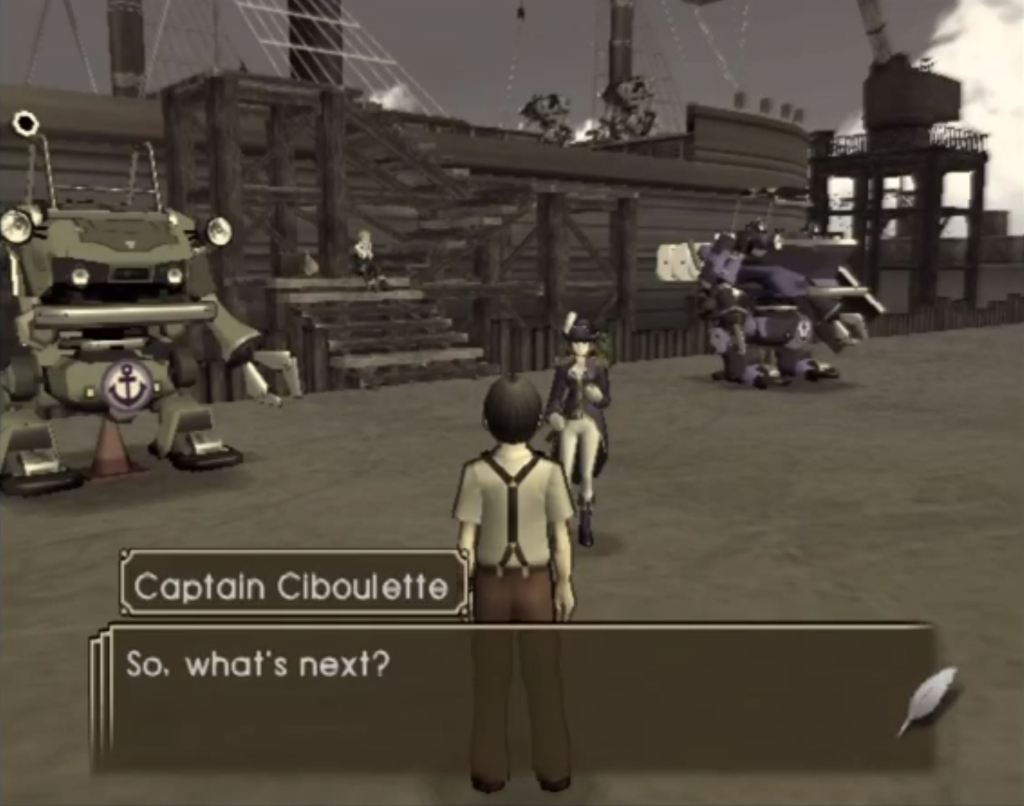
6. Steambot Chronicles
There’s never really been a game quite like Steambot Chronicles. While this steampunk RPG offers you a grand adventure worth embarking upon, the heart of this experience is found in its various sidequests. It’s easy to lose yourself in this RPG doing nothing in particular or even making your own fun out of the various minigames and activities available to you.
Whether you’re piloting massive robots or just trying to get the band back together, Steamboat Chronicles tends to dance to its own tune. I can easily imagine some players becoming frustrated by its lack of obvious directions, but anyone who has ever lost themselves in an open-world RPG’s many distractions will love the way this game turns those distractions into the main event. – MB
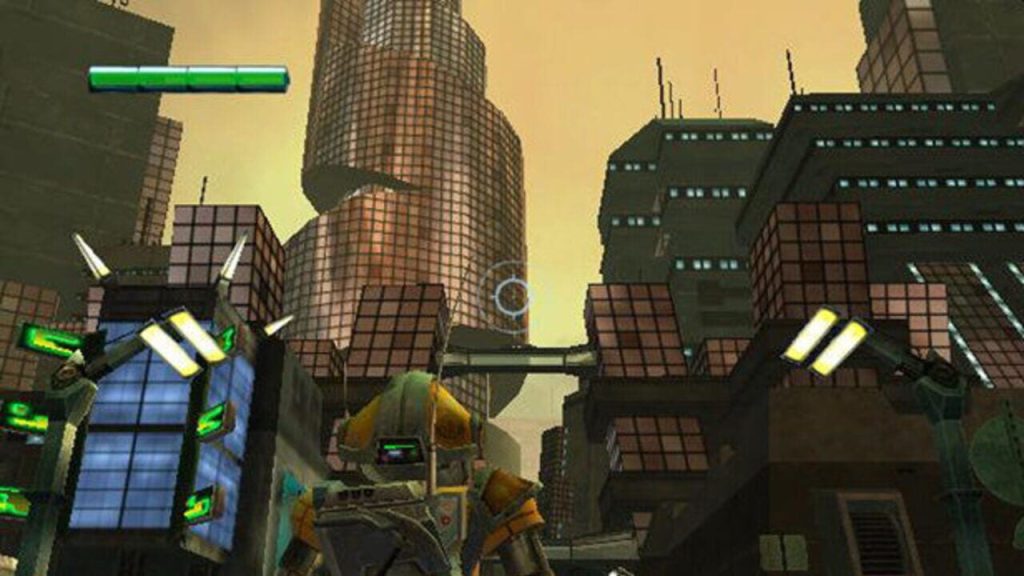
5. Metal Arms: Glitch in the System
When someone is in the mood to play a comedic third-person shooter with platforming and an armory of eccentric weapons, they’ll quickly find that the Ratchet and Clank franchise is one of their only real options. However, Metal Arms: Glitch in the System was once a solid contender to that sub-genre crown. The game is a challenging, yet still enjoyable, trek across a planet populated by robots. If that wasn’t enough, Metal Arms lets gamers possess enemies to solve puzzles or just wreak havoc. All’s fair in love and war, after all.
Metal Arms: Glitch in the System was the first entry in what was supposed to be a new franchise. Even though the game didn’t have a particularly strong story, it still sets up a mystery that is never answered and ends on a cliffhanger. Plus, a Metal Arms 2 would give Ratchet and Clank some healthy competition. – AG
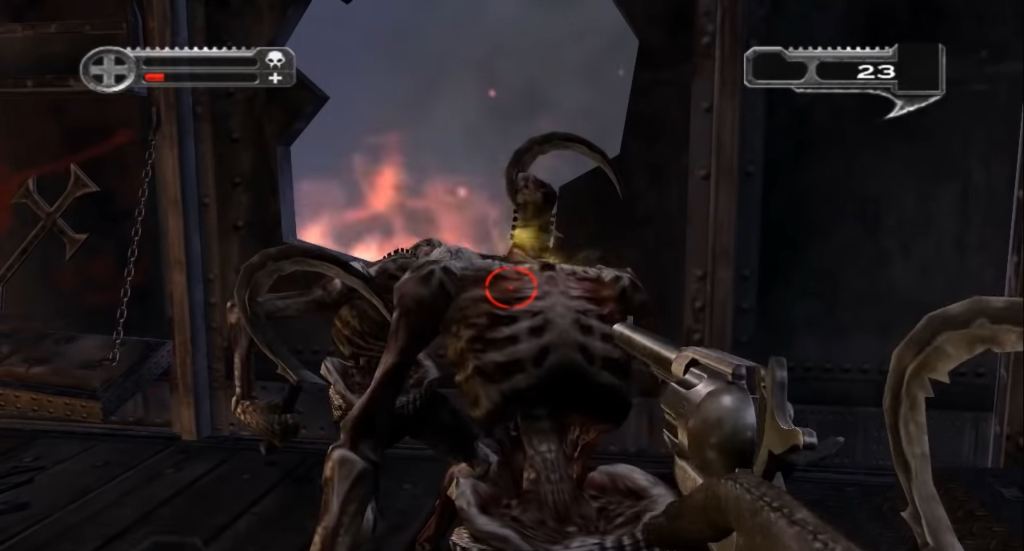
4. Darkwatch
Few titles epitomize the phrase “the best-laid plans of mice and men often go awry” quite like Darkwatch. It’s a stylish shooter that takes place in a version of the wild west that is crawling with vampires (including the main character). The game tells a decent story bolstered by its fantastic horror atmosphere, but it truly shines thanks to its combat and a binary morality system that impacts the ending and gives players different vampiric abilities.
While the ending of Darkwatch is satisfying enough, the developers had huge plans for the game. The studio wanted to expand on the game’s world with sequels that delved into the past of the titular Darkwatch organization and even potentially explored a vampire-infested future. Darkwatch received enough praise and awards to warrant a sequel, yet those plans were canceled. If any forgotten franchise deserves a second shot, it’s Darkwatch. – AG
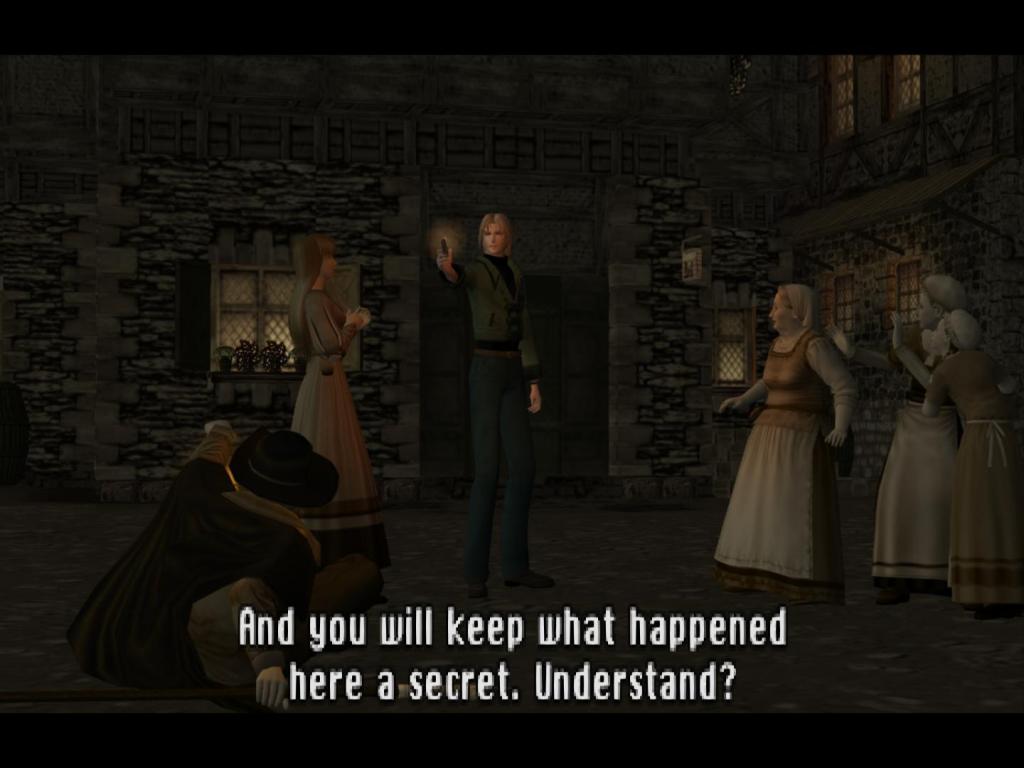
3. Shadow of Destiny
In most video games, time travel is used as a plot device, but Shadow of Destiny finds fascinating ways to weave that complicated concept into its gameplay. It’s basically a mystery where players are given half an hour (real-time) to prevent their own murder. This premise results in a twisting story about destiny, paradoxes, and how seemingly unrelated events can change the future. Even though the main character died in 2001, he visits multiple time periods to change events.
While the Shadow of Destiny wrapped up nicely (at least for those who found the true ending, which was locked behind acquiring all the other endings), the game left players wanting more. The developers created a spiritual successor in the form of Time Hollow for the DS, but they never made a true sequel. – AG
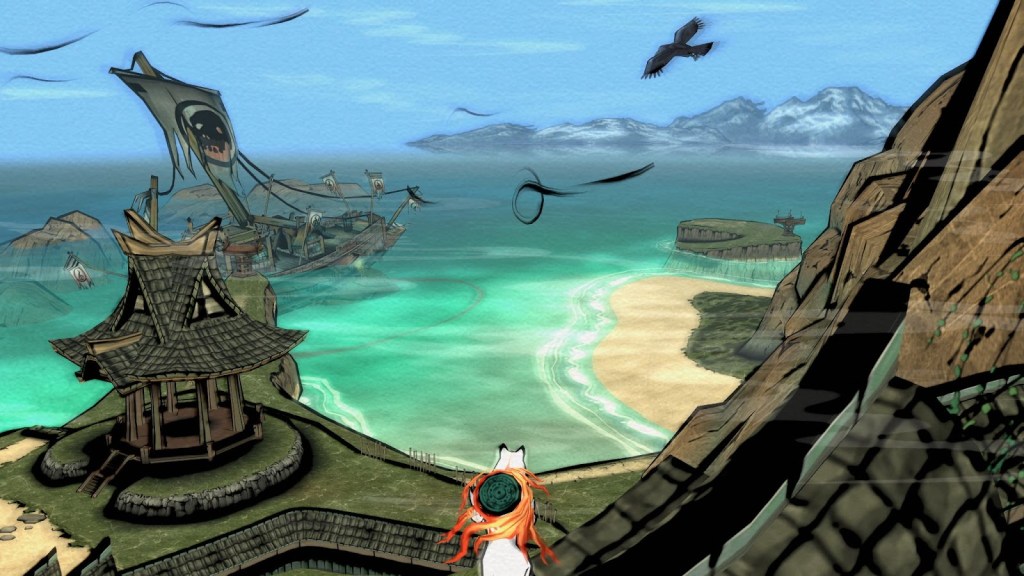
2. Okami
Okami is less of a video game and more of an experience. The game stands out thanks to its unique artstyle, which mimics traditional Japanese Ukiyo-e paintings, as well as special abilities that tie into that artstyle via an in-game paintbrush. But that isn’t the end of Okami’s artistry. The game also utilizes traditional Japanese instruments to create a soundtrack that is every bit as beautiful as its vistas.
Okami explored a unique world sprinkled with characters plucked from different stories, and given the number of legends Japanese folklore holds, Okami 2 certainly has enough potential material to work with. While many of the minds behind Okami no longer work at Capcom, Okamiden (a spiritual successor to Okami) demonstrated that others are capable of capturing the same, or at least similar, magic. So where is this game’s proper sequel? – AG
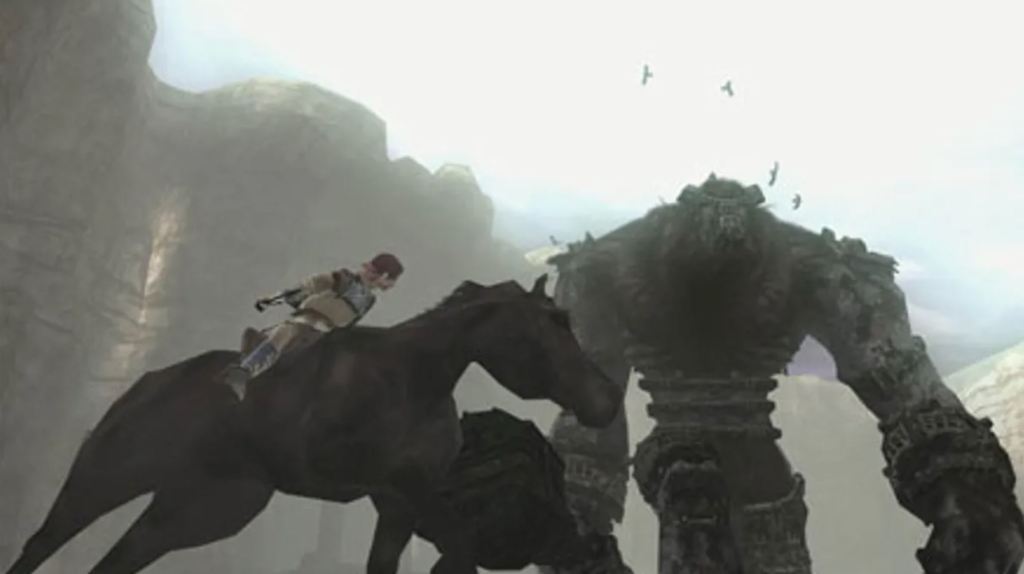
1. Shadow of the Colossus
Whenever you read an article about the best games for the PlayStation 2, Shadow of the Colossus is inevitably at or near the top. The title is a masterpiece of level and art design, as the game’s mostly empty fields make players feel isolated instead of bored, especially when they meet the titular colossi. Each creature is larger than life and both a boss fight and puzzle rolled into one. Moreover, the game sucks players into with a minimum of narrative.
While the team behind Shadow of the Colossus eventually created another game, The Last Guardian, gamers are still waiting for a bona fide sequel with the same design concepts. Fans are desperate for another game that lets them scale a mountainous minotaur and plunge a sword into various weak spots, all while clinging on for dear life. The closest we have is the indie game inspired by Shadow of the Colossus, Praey for the Gods. – AG

